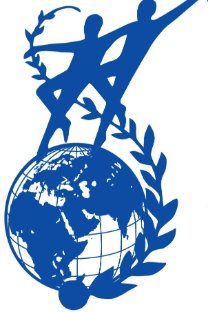TÜRK MASALLARINDA MOTİVASYON, FORMÜL, MİTOLOJİK MOTİF VE MİTOLOJİK KARAKTERE ÖZGÜ ÖZELLİKLER
Masalların temel yapısında önemli olan bir kaç aktif unsur var. Bunlar masalla ana olay arasında köprü rölü üstlenen motivasyon, mitolojik motif, formül ve mitolojik karakterdir. Bu elementlerin katılımıyla masalın yapısı oluşur. Onlarını karşılıklı biçimde öğrenilmesi direk masalın öğrenilmesi demektir. Masallarda bunların - motivasyon, mitolojik motif, formül ve mitolojik karakter – hepsi bir arada çok az araştırılmıştır. Özellikle mötifin kendi fonksiyonunu yapmasında motivasyonun rolü bugüne kadar hiç araştırılmamış konu olarak kalıyor. Motivasyon olmadan motif yaranamaz ve motifin hareketsiz olması mitolojik karakterin faaliyetsizliğine sebep olur.
Specific Peculiarities of Motivation, Formula, Mythological Motif and Mythological Image in Turkic Tales
The process of tale formation includes the mythological thought, archetype, motivation, motif, mythological tehts, variant-invariant, plot and mythological thought system. Inside all this system the mythological image acts as a tale hero. Each of these units is separately analyzed in the tales “Prince Mutalib”, “Malik Mammad and Malik Ahmad”, “Golden ram” and “Dead Mahammad”. Motivation is a starting point used in narration to pass to main events. Motivation is used in each tale. Motifs and archetypes play role in transforming of mythological images into a status of a tale hero. A lot of motifs regulating the lives and activities of tale heroes are spoken about in the article (for ehample, childlessness, resurrection, fossilization, becoming a tree etc.). Mythological image and mythological motif are presented in the article as interrelating elements. Prince Mutalib is related with the motif of childlessness and Malik Ahmad, Dead Mahammad and the bald are related with the motif of resurrection. The mythological images such as the old woman, innocent girl, guilty girl, dervish, Guli-Kah-Kah play a role in revelation of the functions of these motifs.
